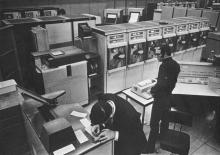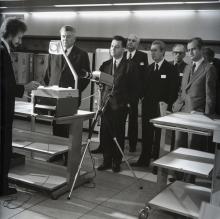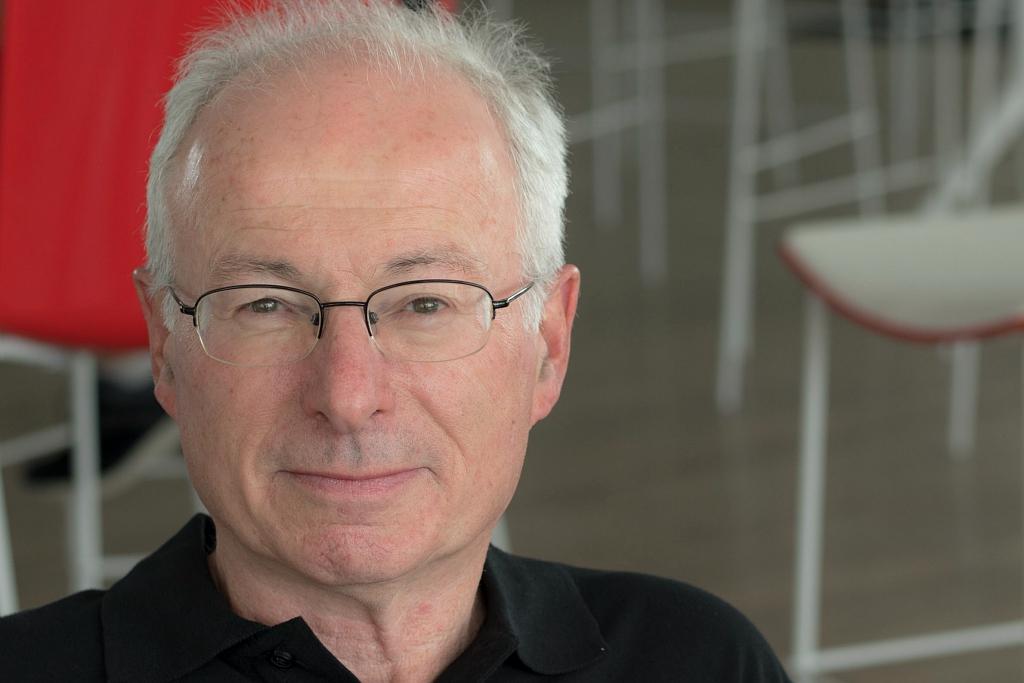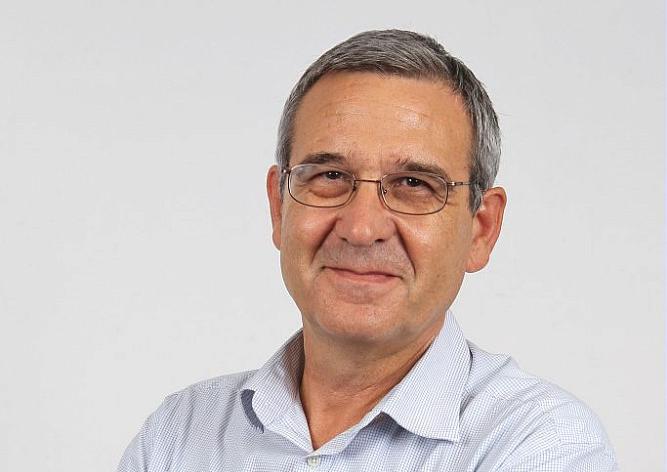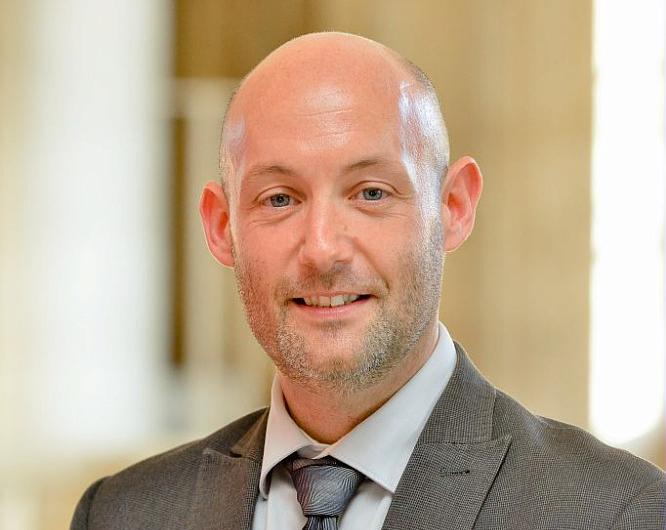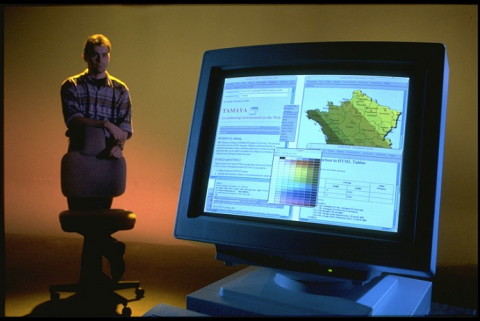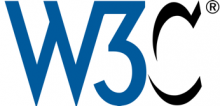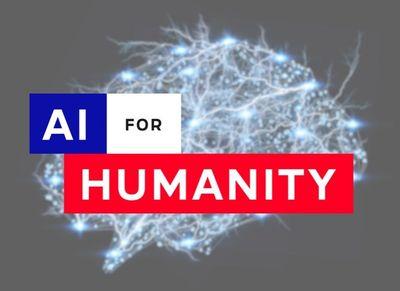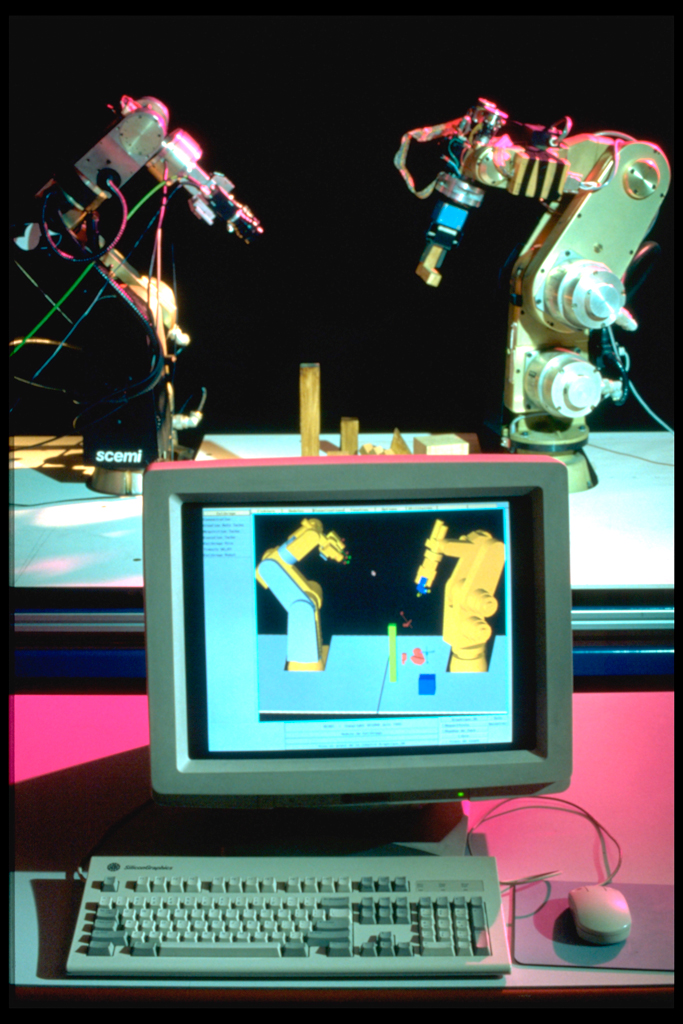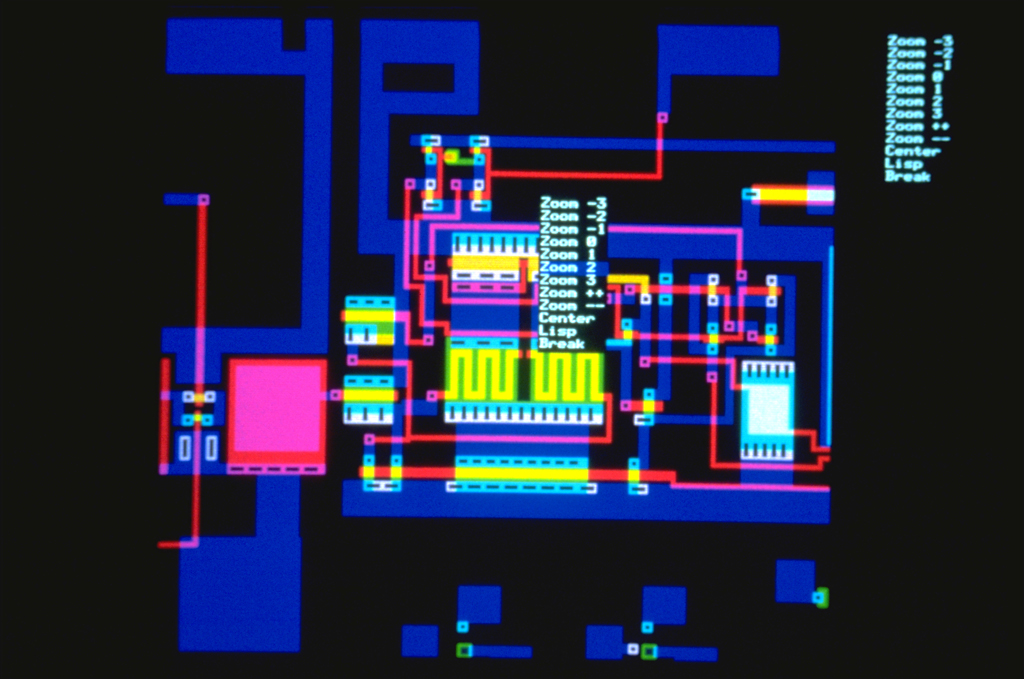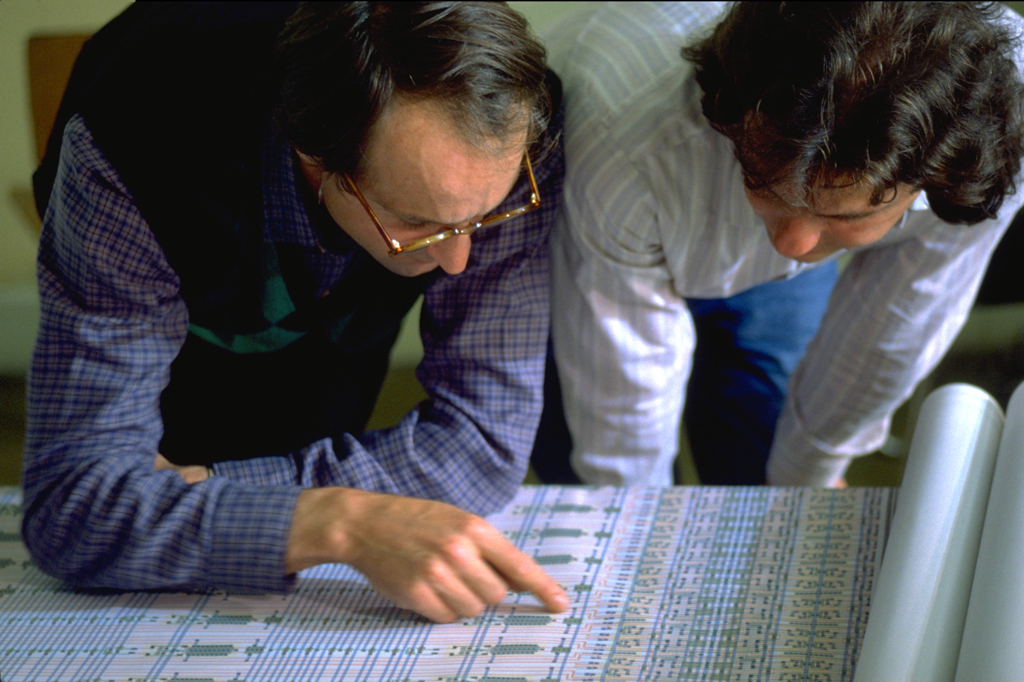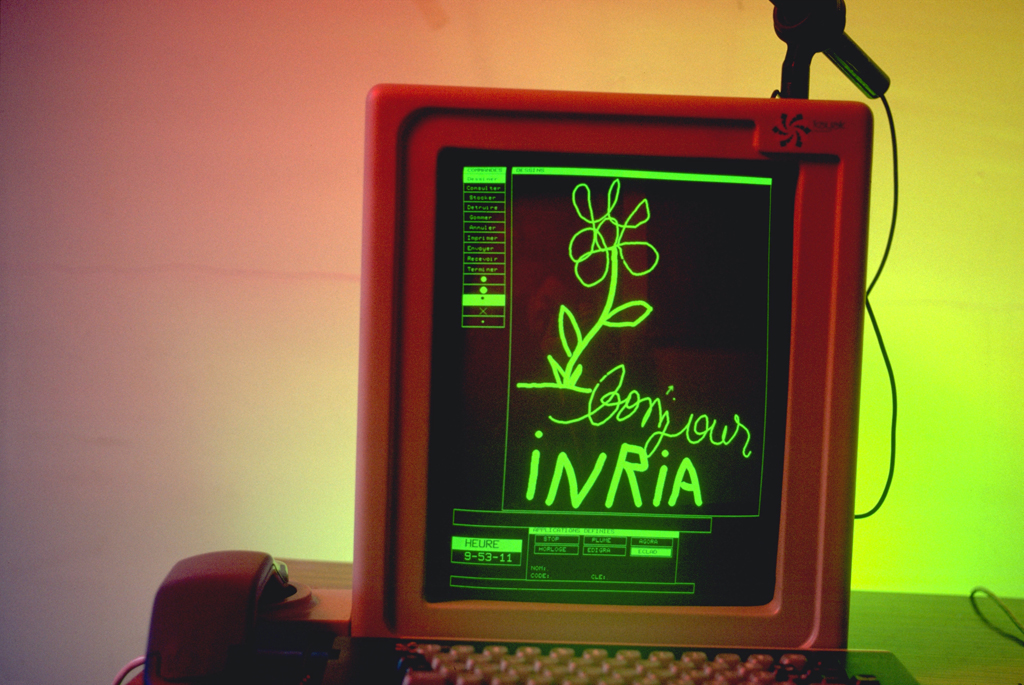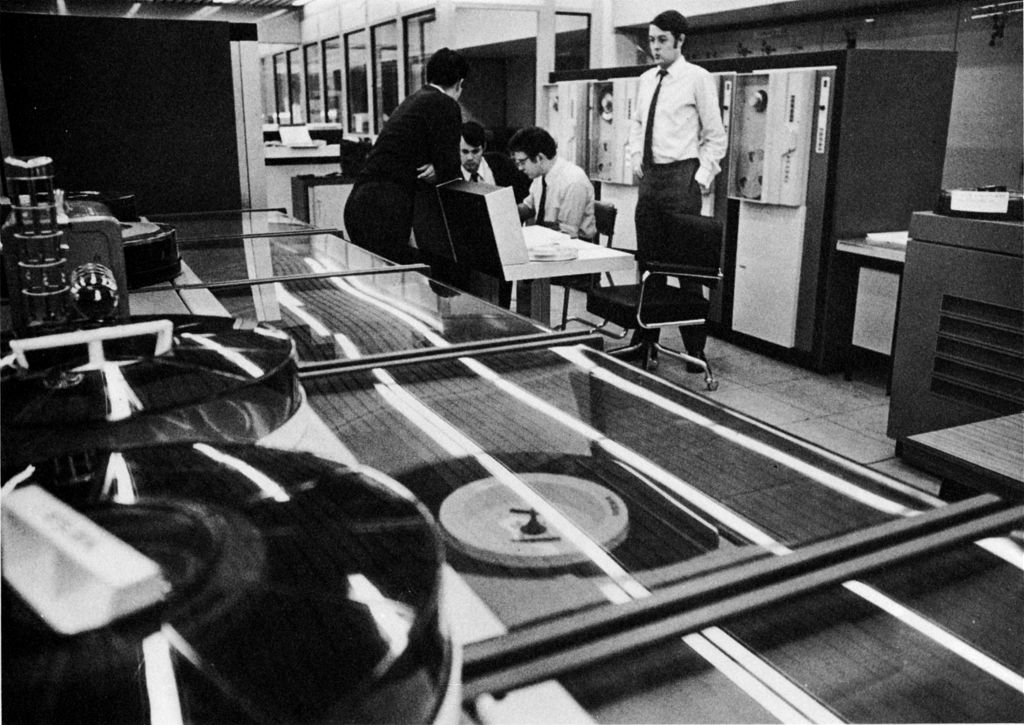1974: a key year in the history of the Internet
1974 was the year Vint Cerf and Robert Kahn published their seminal article on TCP (Transmission Control Protocol), A Protocol for Packet Network Intercommunication (IEEE Transactions on Communications, Vol Com-22, No 5, May 1974). The article was the end result of a research program carried out on the Arpanet since 1964 under the auspices of DARPA (Defense Advanced Research Project Agency), an agency of the US Department of Defense, with European contributions from research centers in UK, Norway and France (in chronological order).
The Cyclades project hosted by IRIA was launched in 1972. IRIA’s contributions by Louis Pouzin, Gérard Le Lann and Hubert Zimmermann were quickly incorporated into the work that led to the transition from the Arpanet to the Internet.
Moreover, Mitranet was the anglicised name given to Cigale, the packet-switching sub-network used in Cyclades. A datagram (which owes its name to a Norwegian engineer) is a “universal packet” format supported by the heterogeneous networks which constitute the Internet, the basis for the IP protocol.
The Arpanet’s NCP protocol, the alternating bit protocol, and the Cyclades’ STST protocol are the predecessors of TCP, which provides reliable , and ordered “end-to-end” deliveries of messages between applications running on equipment connected to the Internet.
DARPA chose 1st January 1983 as the day when all Arpanet sites (and sites belonging to networks based on Arpanet technology) would replace NCP with TCP/IP. The Internet was born.
